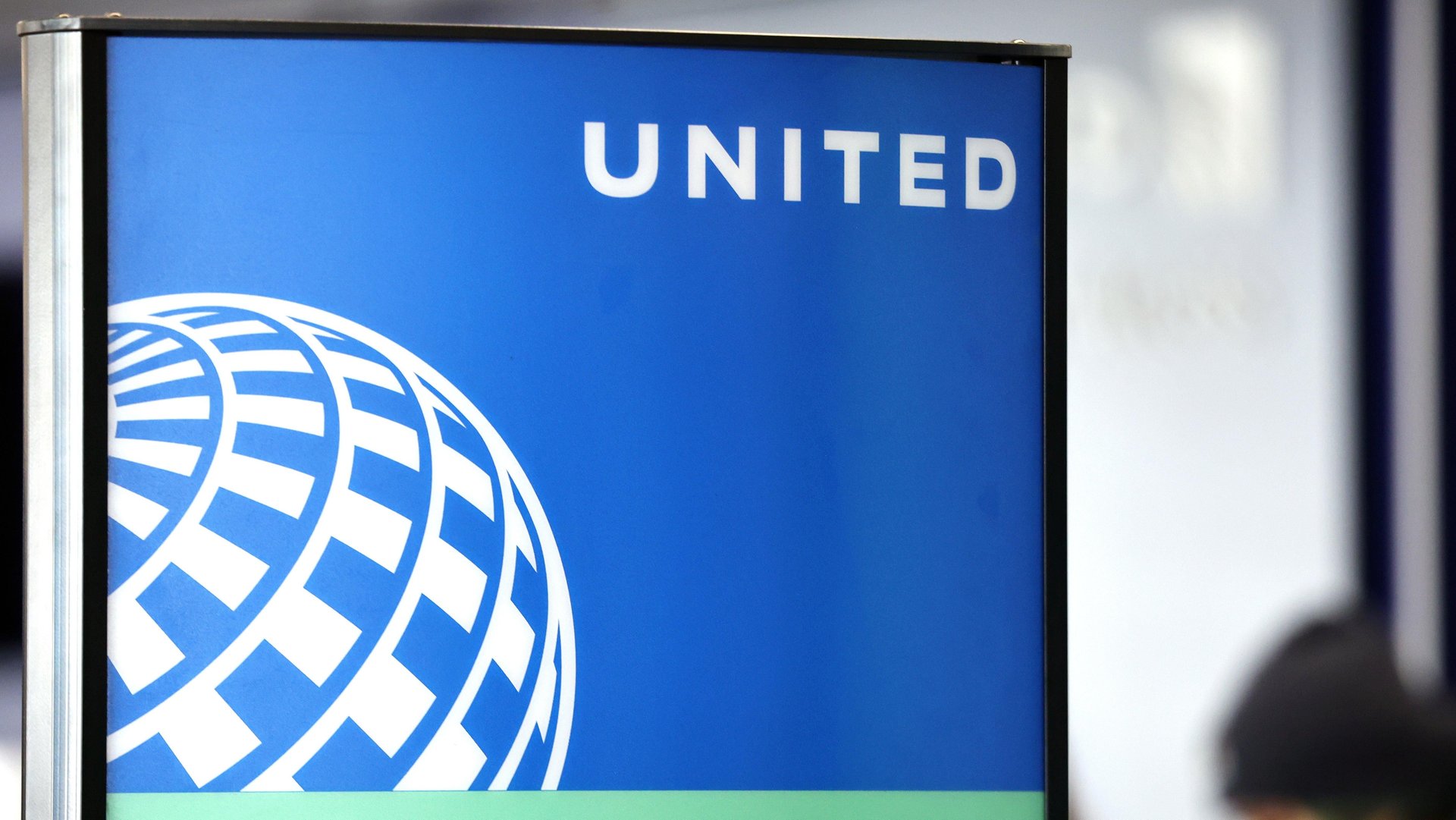United Airlines is launching its own advertising network
The airline plans to leverage passenger data to send personalized ads to customers through its mobile app and in-flight entertainment system

United Airlines is trying to break into another business. The company announced Friday that it will launch an advertising network, called Kinective Media, meant to reach customers through its mobile app and in-flight entertainment system.
Suggested Reading
The airline claimed the ad network is the first of its kind in the industry. Kinective will use insights gained from data collected on travel behaviors to connect customers to personalized, real-time advertising, content, and offers from other leading brands. “There has been a huge strategic shift within this high-growth sector in the past five years where advertisers and brands have come together to determine how best to connect with consumers,” Richard Nunn, CEO of United’s MileagePlus rewards program, said in a statement.
Related Content
The company’s press release said that customers will be able to opt out of the network
United plans to launch the network in mid-June at the Cannes Lions International Festival of Creativity. Kinective Media is already working with several brands, including Norwegian Cruise Line, Macy’s, Chase United credit cards, TelevisaUnivision, and IHG Hotels & Resorts.
During a March earnings call, United CFO Donald Leskinen told analysts and investors that the carrier is trying to create a business that is better able to withstand industry doldrums. In its latest annual report, United said that non-passenger, non-cargo revenue made up 6% of its total business in 2023. That’s $3.2 billion out of $53.7 billion overall.
“I can talk about it until blue in the face, but we have to demonstrate that our business is less cyclical than it’s ever been before, because the premium revenue, because of the barriers to entry that didn’t exist before and because of the quality of some of our ancillary business,” Leskinen said.
